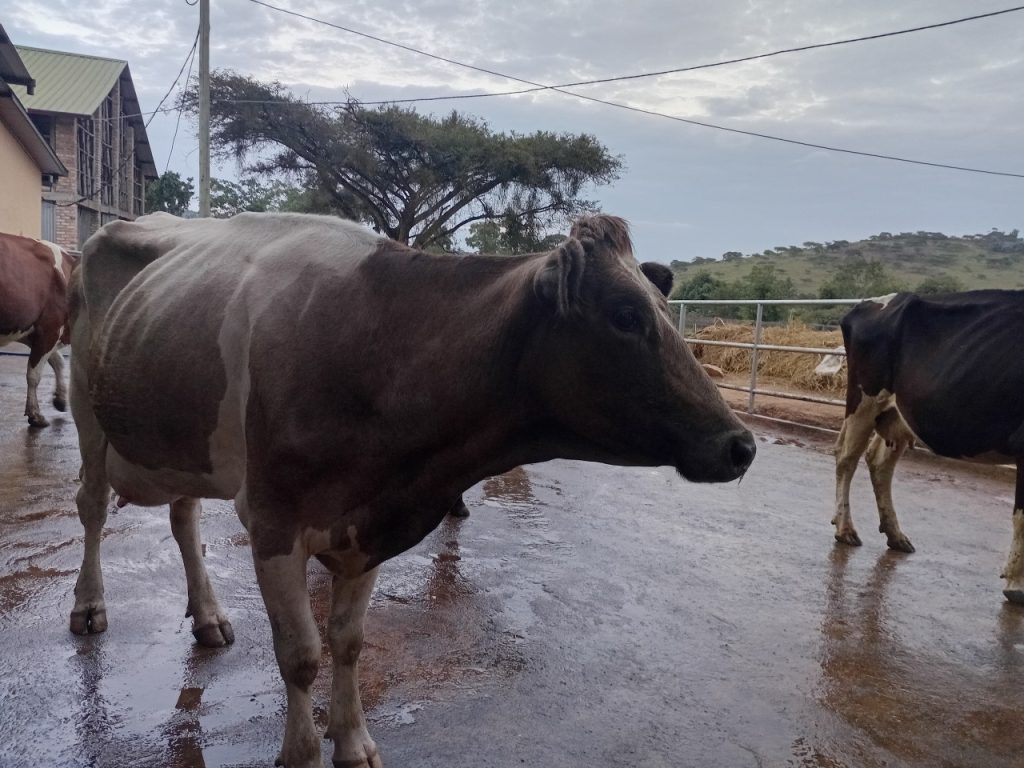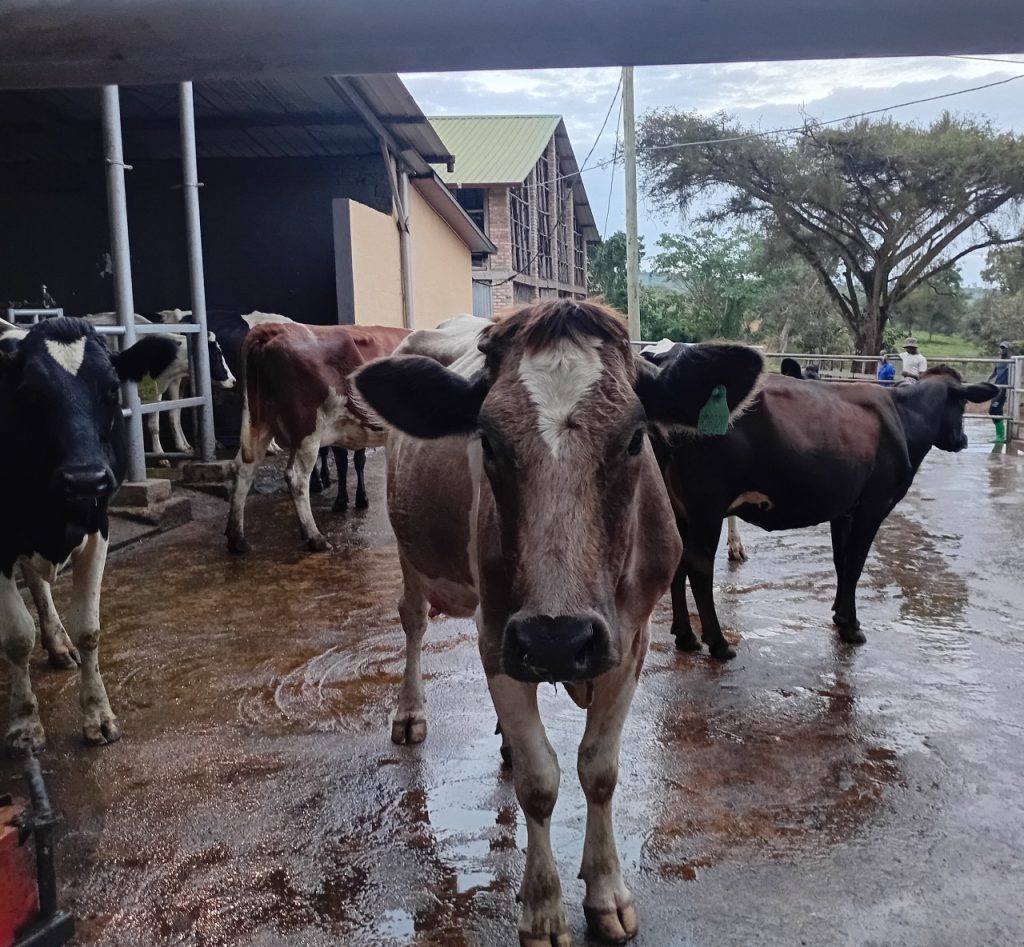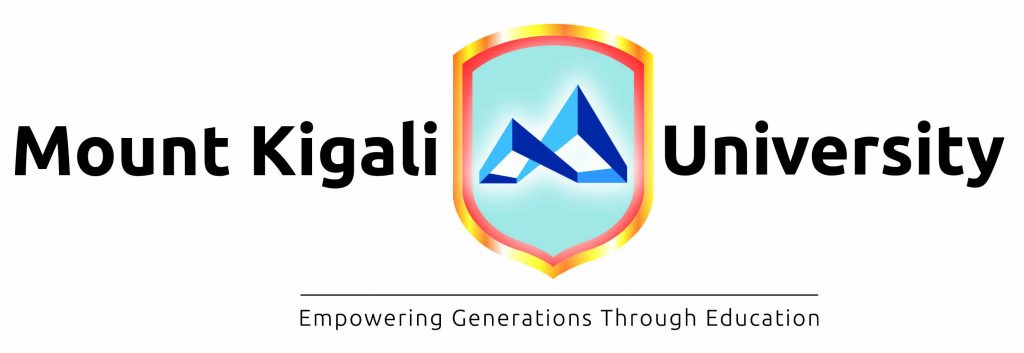Rwanda, with its vast fertile lands and year-round favourable climate, is poised to become Africa’s next dairy frontier. Despite the continent accounting for only 5% of the global milk trade, the growth potential is undeniable, both in meeting local nutritional needs and in fostering broad-based economic transformation. Rwanda stands out as one of the few countries ready to lead that charge.
Can Rwanda lead Africa’s dairy transformation?
At the recent IDF International Dairy Conference Africa 2025, hosted in Kigali by Rwanda’s Ministry of Agriculture under the theme “Sustainable Dairy for a Prosperous Africa,” key stakeholders, from policymakers to dairy experts and investors, convened to discuss the future of the industry. The event reaffirmed Rwanda’s rising leadership in the dairy sector, with a national vision that blends sustainability, innovation, and economic inclusion.
To understand how this vision could unfold practically, I spoke with Alex Gathii, a certified cow signals trainer and Managing Director of Tanolope Consultancy Ltd, based in Nairobi, Kenya. Gathii has trained extensively in Israel, a country globally recognised for pioneering dairy technologies, precision livestock farming, and the ‘Cow Signals’ method, an approach that prioritises animal welfare as a path to higher productivity.

A field visit to Songa Dairy Farm
Gathii invited me to experience Rwanda’s dairy revolution first-hand. We headed to Songa Dairy Farm in the Nyanza District, one of the farms under Nyanza Milk Industries, a leading processor and distributor of dairy products in Rwanda.
“I want you to understand every practical bit of it, Muthoni,” Gathii said as we changed into protective boots to avoid spreading disease among the farm’s 400 head of cattle, who stirred with curiosity as we entered the gates. Our host, Lt. Col Charles Gahigi, Managing Director of Nyanza Milk Industries, called on the farm manager to guide us through the premises.
At every turn, from the milking stations to the calf pens, Gathii offered professional observations and suggestions for improving the animals’ well-being, productivity, and feed efficiency. “Most farms in Africa don’t need more cows, they need better systems,” he noted.
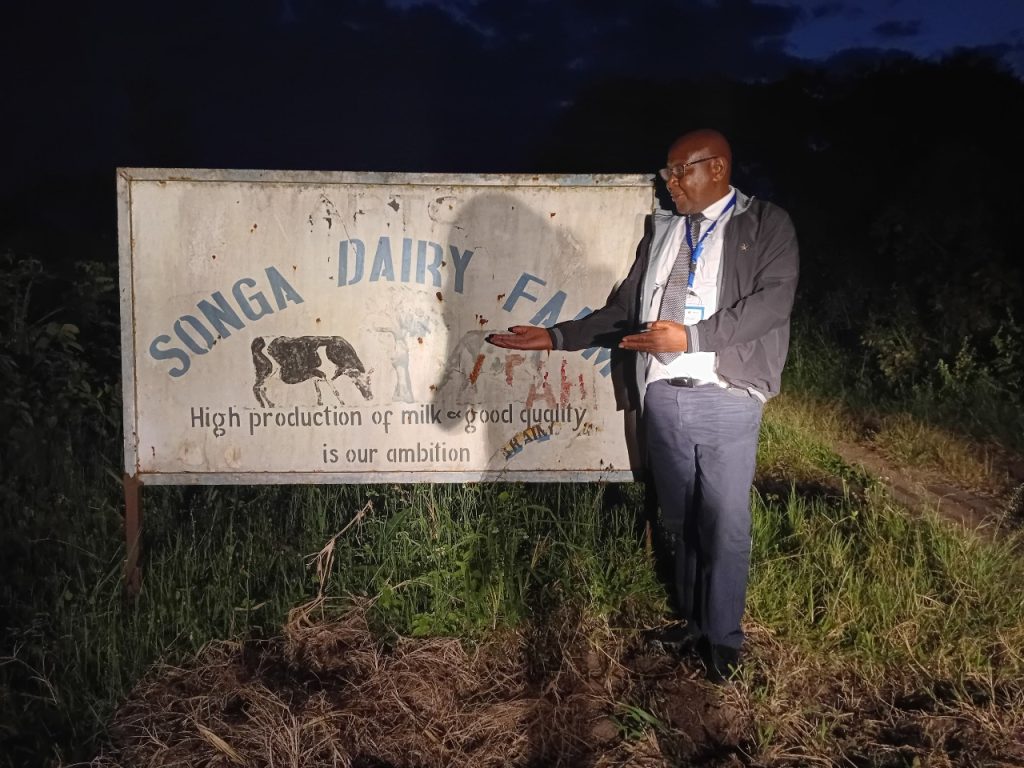
Feeding to prosper Rwanda’s dairy revolution
Rwanda aims to double its daily milk production, from the current 1.5 million litres to 3 million litres, with a long-term target of producing 1 billion litres annually, without importing more cows. The secret? Smarter feeding systems.
“Feeding accounts for up to 80% of dairy production costs,” Gathii explained. “With the right feed mix, legumes, high-yield forages, silage, crop residues, and mineral supplements, farmers can cut costs by half and sustainably increase milk yields.”
Innovative mobile tools like MOD-RAFT and Zirakamwa are helping farmers balance rations, track animal health, and reduce feed waste. If scaled properly, this transformation could raise household incomes by 30%, create over 4,000 new jobs, and significantly improve food and nutritional security.
Why Rwanda has the edge
What sets Rwanda apart is not just its environment, but its policy ecosystem. Flagship programmes like Girinka, “One Cow per Poor Family,” have already laid the foundation for dairy inclusion at the grassroots. Meanwhile, investments by agritech firms and regional trade protocols under AfCFTA are opening new markets and encouraging private-sector partnerships.
“This country has the right support from the government and the willingness from farmers to grow,” Gathii said. “But it’s what happens at the farm level that will drive results.”
He advocates for local feed processing, integrating fodder crops into existing farming systems, and fostering direct partnerships between cooperatives and feed suppliers. The goal is to build resilience from the ground up.
One cow at a time
As we wrap up the visit at the silage zone, where heaps of fermented green fodder are stored in airtight trenches, Gathii looks out over the cattle pens thoughtfully.
“Rwanda’s dairy revolution is not a dream,” he says. “It’s a clear, achievable path to resilience and prosperity, and it all starts with restoring the dignity of the cow.”
